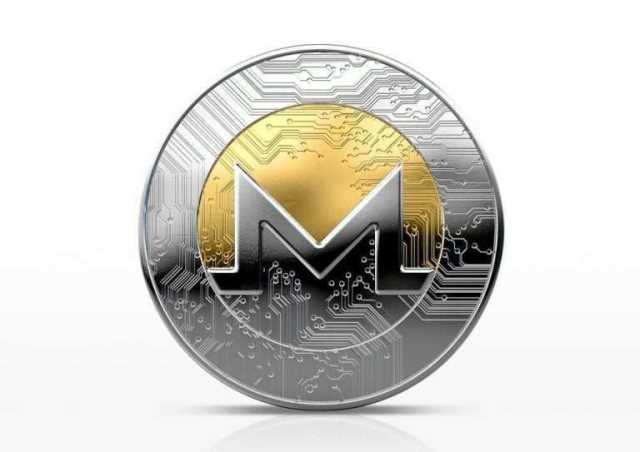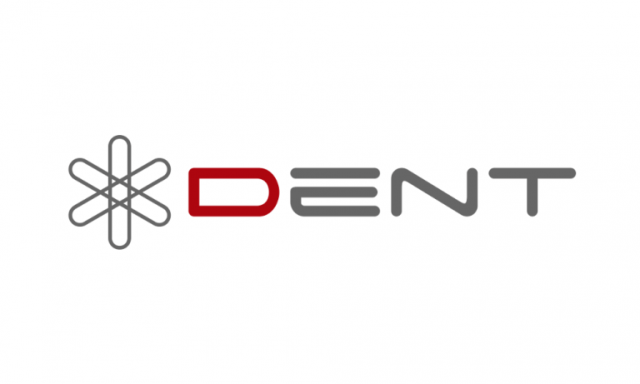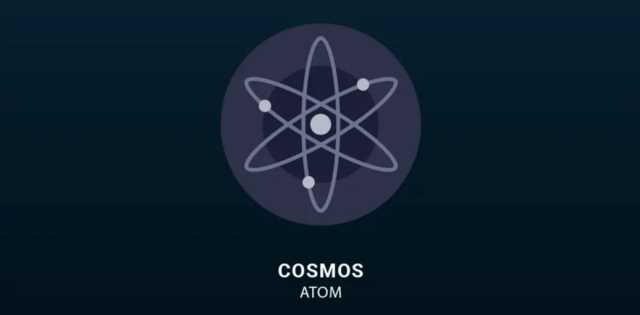
These preselected organizations determine who submit transactions or access the data. A consortium blockchain is ideal for business when all participants need to be permissioned and have a shared responsibility for the blockchain. These blocks form a chain of data as an asset moves from place to place or ownership changes hands. The blocks confirm the exact What is Blockchain time and sequence of transactions, and the blocks link securely together to prevent any block from being altered or a block being inserted between two existing blocks. Hurdles remain, especially with the transaction limits and energy costs, but for investors who see the potential of the technology, blockchain-based investments may be a bet worth taking.
Advantages of Blockchain
Of the several different types of hash algorithms, the two most commonly used for authenticating data are MD5 and SHA-2. When a hash is collision-resistant, it’s nearly impossible for two different inputs to produce the same output. The output of a hash is a fixed length, while the input can be any size. So, there’s a minuscule possibility of the output being the same given two different inputs. Coli, salmonella, and listeria; in some cases, hazardous materials were accidentally introduced to foods. In the past, it has taken weeks to find the source of these outbreaks or the cause of sickness from what people are eating.

Pros and Cons of Blockchain
Bitcoin’s PoW system takes about 10 minutes to add a new block to the blockchain. At that rate, it’s estimated that the blockchain network can only manage about seven transactions per second (TPS). Although other cryptocurrencies, such as Ethereum, perform better than Bitcoin, blockchain still limits them. This process is not just costly and time-consuming, it is also prone to human error, where each inaccuracy makes tracking property ownership less efficient. Blockchain has the potential to eliminate the need for scanning documents and tracking down physical files in a local recording office.
- While Bitcoin is arguably the most popular cryptocurrency, it takes a lot longer to perform a transaction with Bitcoin than it does with a credit card.
- Designed by the United States National Security Agency, SHA-2 is a family of six hash functions.
- Though compared to the days-long wait required to wire money across the globe, or even to clear a check, Bitcoin’s ten-minute delay is quite remarkable.
- At its core, blockchain is a distributed digital ledger that stores data of any kind.
History of Blockchain

Georgia’s government is a prime example, using Blockchain to maintain a tamper-proof land registry. This reduces fraud and makes property transactions more transparent. Argentina and Estonia’s government are leading the way in collecting taxes from businesses more efficiently and transparently using Blockchain. – The blockchain is a major boon for companies that rely on or operate supply chains. The blockchain’s transparency helps fix a majority of the issues present in traditional supply chain structures. For example, not only has Walmart successfully applied blockchain in their supply chain via IBM, but the medical industry is actively using the tech in their crackdown on counterfeit medication.
Why is there so much hype around blockchain technology?
- The decentralized landscape of digital currency reduces overall costs with no intermediaries charging fees.
- While blockchain technology is, in many ways, revolutionary and extremely useful, there are a few significant obstacles.
- Blockchain cryptography enables both parties to retain their privacy, but the criminals have certainly taken advantage of the system.
- Great opportunities to educate about great topics can be squandered through inattention to the quality of presentation.
- A majority of nodes must verify and confirm the legitimacy of the new data before a new block can be added to the ledger.
Property Records

- You can then use that information to protect others from getting infected — all within a matter of minutes or hours.
- This will likely result in a “global, large-scale value-add” between 2027 and 2030.
- Another blockchain innovation are self-executing contracts commonly called “smart contracts.” These digital contracts are enacted automatically once conditions are met.
- Also, there are layer-two protocols like Polygon that sit on top of Blockchains and make transactions faster and cheaper.
- Blockchain’s decentralization adds more privacy and confidentiality, which unfortunately makes it appealing to criminals.

